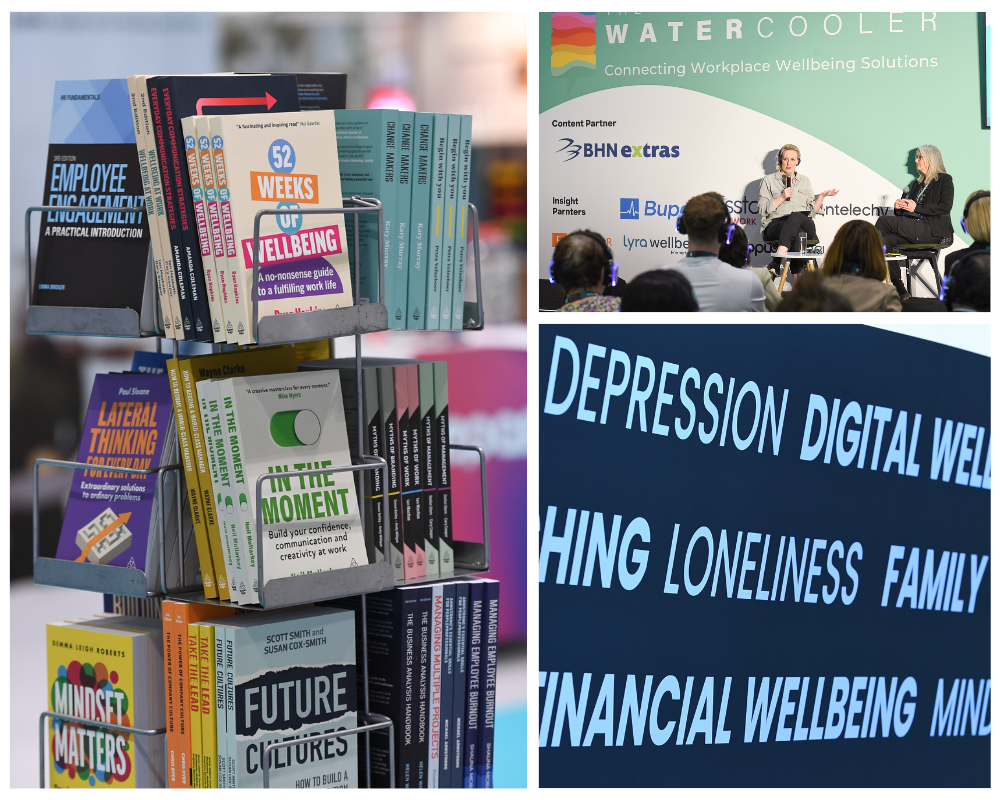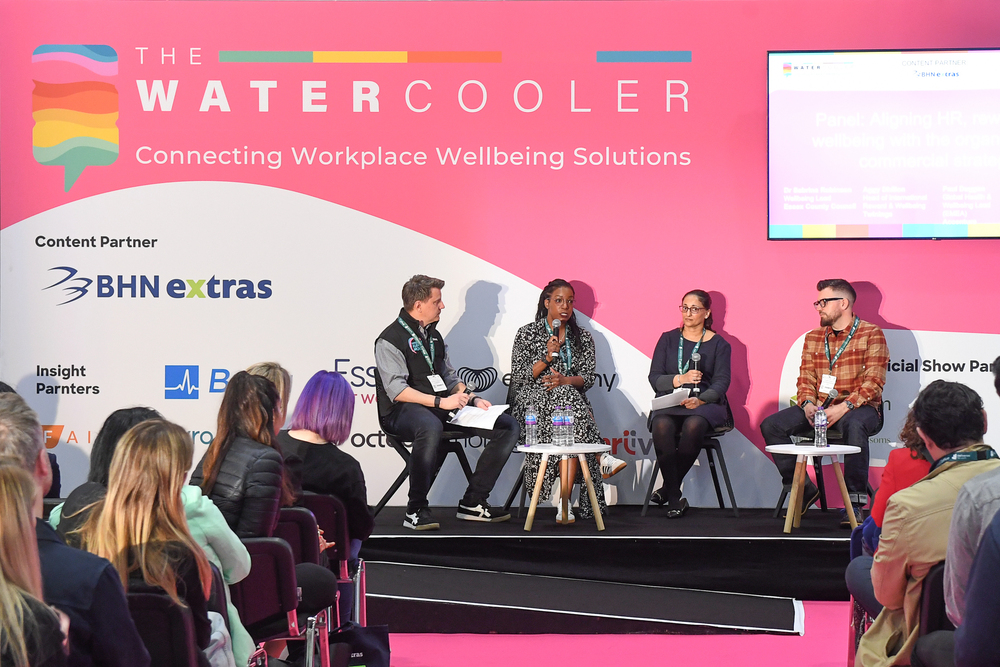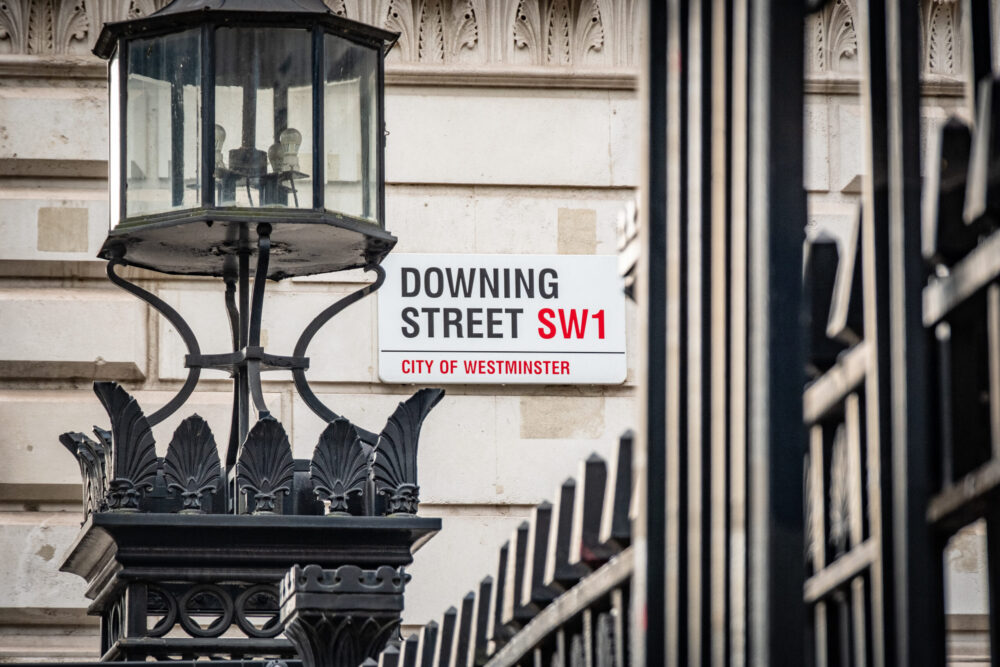My former boss recently read my book’s preview. The book is shedding light on what the contributing factors to sleep issues are. The answers to his questions will be of interest, spoiler alert.
We do know much more than meets the eye, which makes strategic planning to assist staff easier.
For the sleepless, the medical society has been establishing a range of underlying factors and treatment options for some time now. That knowledge is just not as available as it should be.
With an estimated 10% of the population fitting the diagnostic criteria of insomnia alone and 30% of people transitioning into insomnia, it’s about time to put that knowledge to good use.
Insomnia, sleep apnea and a variety of further topics finally can be addressed in a much more structured manner.
Here’s what my former boss wished he had known back then when I had sleep issues I didn’t talk about. We will first revise what can be done about nightly disruptors in general, will then proceed to review special occupational demands, only to conclude with sample approaches.
May the term ‘sleep issues’ serve as a placeholder for any slumber issue with impact on wakening hours. Any topics touched on below are obviously not conclusive but will certainly provide with insight to catch up on the latest.
Disrupted sleep – factors
Disrupted slumber has an effect on productivity and lifestyle in general. Departments with special occupational requirements may exact a more proactive approach to keep staff safe.
About general sleep disruptors…
– Some employees may be on the wrong sleep/wake schedule. The newly coined term is ‘social jet-lag’. It describes cases where individuals need to sleep and rise earlier than socially accepted or where the sleep schedule is delayed to the same effect. The underlying sleep mechanisms are fine, though, as long as they get to stick to their schedule. Early working hours for people on a delayed schedule will predictably lead to feeling tired.
– For others, supplements and prescribed medications need reviewing. Vitamin C and vitamin D&K can impact sleep if taken at the wrong time or if the dosage is too high. High blood pressure medication and psychiatric medication are further typical suspects.
– Current diagnoses like hormonal imbalances, psychiatric findings and heart issues can contribute to sleep issues.
– One’s personality and behavioural quirks may too influence sleep.
Proactively assisting specific departments makes sense, too.
Your professional driver fleet might need to learn about disordered breathing, aka sleep apnea, their reaction to sleeping pills and sleep hygiene.
With respect to shift work, staff might require help to adjust to the changes in an easier manner.
With progressing age, staff, both male and female, may benefit from guidance to deal with sleep apnea.
So, what now?
All of the above provides us with a more granular view on how to analyse needs and set up the right campaigns. Empowering employees is key, either with specific measures implemented inhouse or campaigns.
Case I:
Let’s say that productivity could use a boost and there are no specific sleep-related occupational demands that need fixing.
A general survey can assist to determine
– satisfaction with sleep and daytime alertness
– specific demands due to popular/repeating topics
– a wish-list of what employees might find beneficial
If nothing stands out, a general info-campaign to prepare the next appointment with a General Practitioner is in order. It means providing a questionnaire and explanations of potential underlying factors to empower employees with the knowledge required to have an informed conversation.
Here’s what campaigns can result in:
– Based on the above, employees and GPs have a conversation. For GPs it’s quite usual to open google to search for input provided by patients. Let’s say the consensus is that everything else is ruled out. The patient has developed behavioural issues, displacing sleep by playing with their iPads for too long. With sleep being cut short, daytime functioning is impaired. That would be a typical case for Cognitive Behavioural Therapy for insomnia.
– For others, sleep apnea can be revised properly. Sleep apnea often sounds like a rubber-stamp diagnosis but ultimately, weight loss and hormonal further adjustments can milden symptoms.
Management can also assist with a quiet room, support amending nutrition might be helpful. Starting work later might be indicated for others.
Case II:
If occupational or general demands have been identified, separate modules can be launched, equipping managers with specific guidance or advice to be passed on to GPs.
Shift work may, amongst others factors, require optimised scheduling and pre-established napping time. It looks as though clock-wise implementation of shifts to later rotations rather than progressively planning earlier shifts is preferable.
Planned naps might increase productivity and can be tested out. Also, exposure to daytime simulation lights at night and total darkness while sleeping may help to adjust.
Risk groups like for obstructive sleep apnea (OSA) are well-defined. We know that weight gain leads to higher risk, so does passing menopause for women. Advancing years in male workers are associated with a higher risk of OSA, too.
A specific review of what is known about employees, departments can shape the right approach. Thanks to the knowledge we have, tailor-made modules ranging from workshops, 1:1s to extensive programs can be defined and implemented. Employee satisfaction, staff retention and even more importantly, keeping staff out of harm’s way will certainly be beneficial.
About the Author:
Birgit Buenger is Cambridge based. She is leading the movement to improve the handling of sleep issues based on individual circumstances. She assists individuals and corporate programs with strategic advice and input, workshops and walk-in clinics. The recent release of her book’s preview, “Your Night’s Architecture”, serves as a proof of concept. Now, the sleepless can navigate the medical system by empowering them to have informed conversations with their GPs. She spoke at the Somnex Sleep Show in London and was recently featured in velvet magazine in Cambridge. The book is due by the end of the year.

















